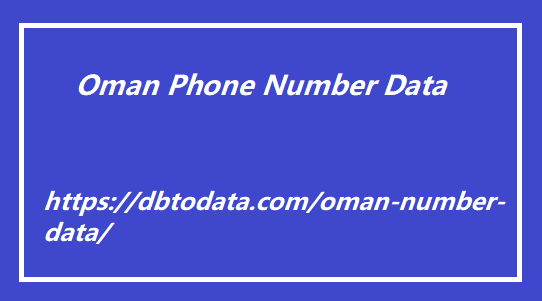|
|
A high code-to-text ratio suggests that a page has a significant amount of backend code but relatively little content; This can pose several problems. Firstly, search engines may penalize pages with a high code-to-text ratio, as they could be perceived as less helpful to users. Secondly, users may find such pages challenging to navigate and may be less likely to engage with the content. On the other hand, a low code-to-text ratio indicates that a page has excellent, high-quality content optimized for the user experience. Titles This feature shows you every article's title and the number of words in it. This information helps you understand how your competitors leverage their titles to attract attention and enhance their search engine optimization (SEO) efforts. Descriptions Our tool provides valuable insights by displaying article meta description tags and word counts, which can help you better understand how your competitors summarize their content.
This information can be used to improve your content creation strategy Oman Phone Number Data and stay ahead in the competitive landscape. Headings This tool provides an overview of all subheadings, including their number and type, which can help you understand how your competitors organize their content. Questions This feature allows users to view the questions in each article, enabling them to gain insights into how competitors engage with their audience and enhance the user experience. Links This tool displays all the links within each article, including the number of internal and external links; This feature lets you gain insight into how your competitors leverage links to improve their SEO. With this information, you can optimize your content strategy and stay ahead of the curve in the ever-evolving world of search engine optimization.

How to Keep an Eye on Your Competition To keep an eye on your competition, you need to monitor their online activity, which includes their website, social media (Facebook, Twitter, etc.), blog, and other online platforms they use to promote their business. Here are some practical ways to monitor your competitors: Analyze Their Website Analyzing your competitors' websites can give you valuable insights into their online presence. You can use tools like Google Analytics or Guinrank's research tools and ahrefs to explore their website traffic and authority, identify their top-performing pages, and understand their overall content strategy. Monitor their social media Social media is a powerful tool for businesses to connect with their audience. Monitoring your competitor's social media activity can give you insights into their social media strategy, the type of content they post, and how engaged their audience is.
|
|